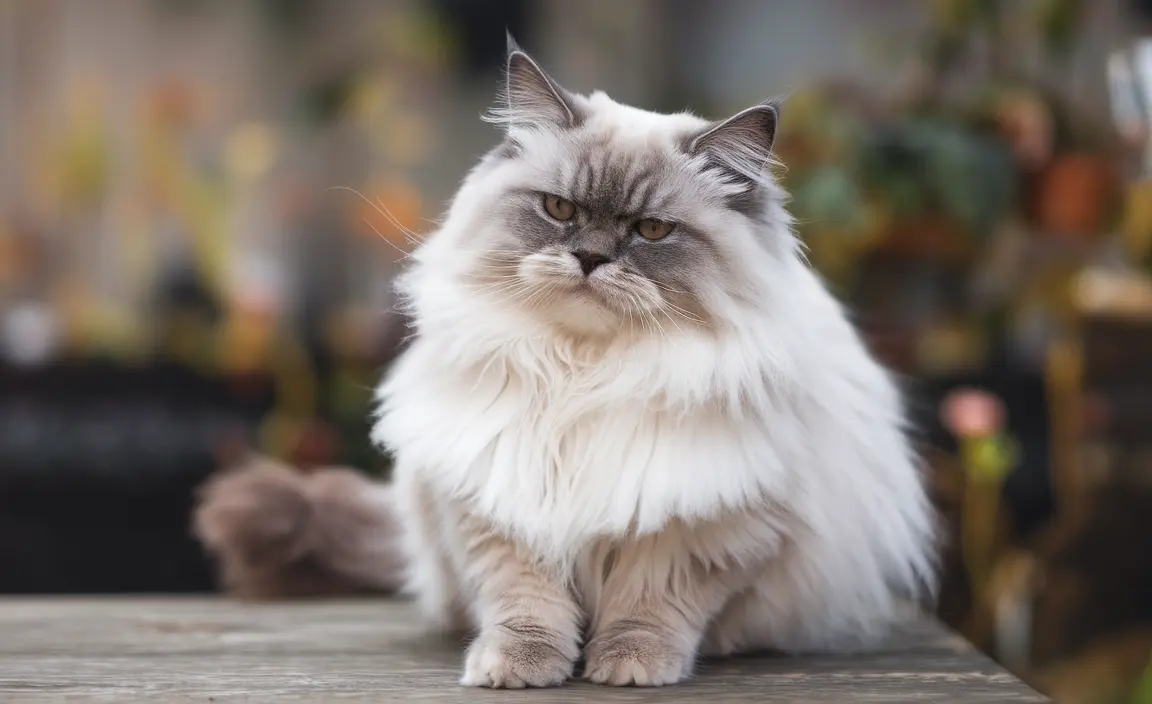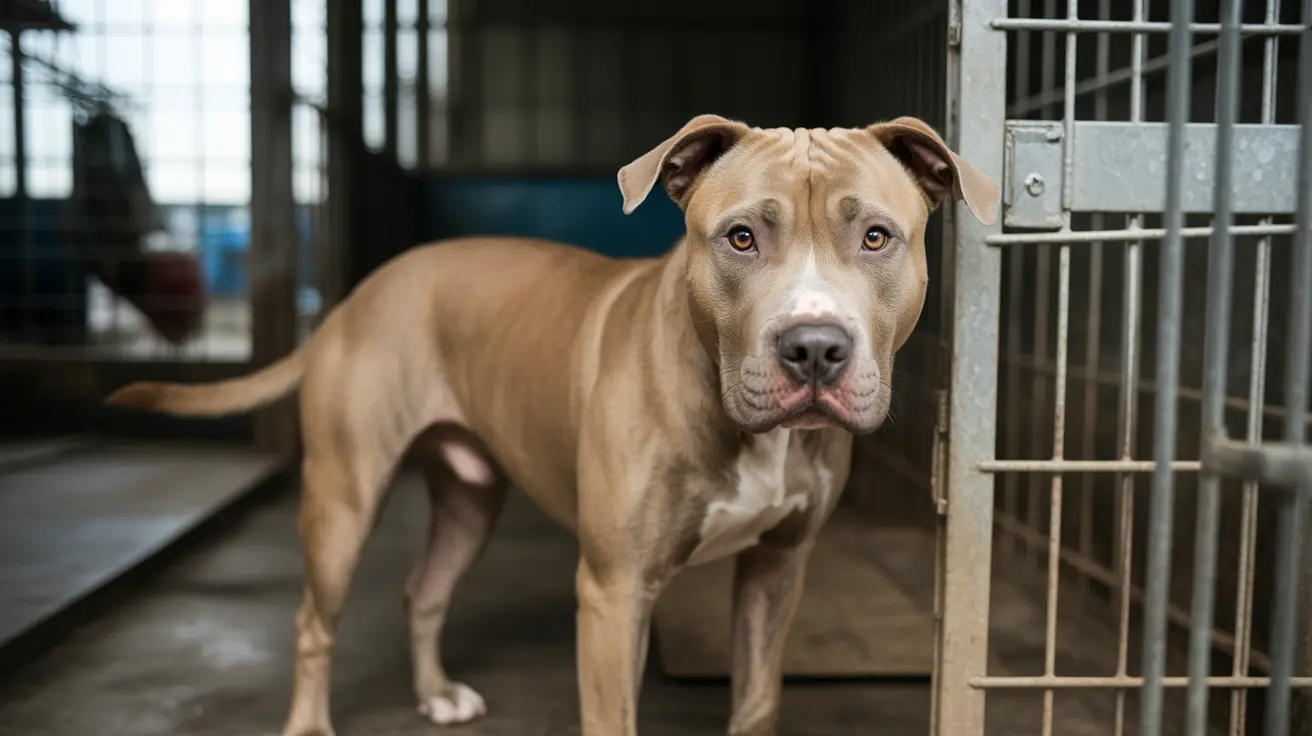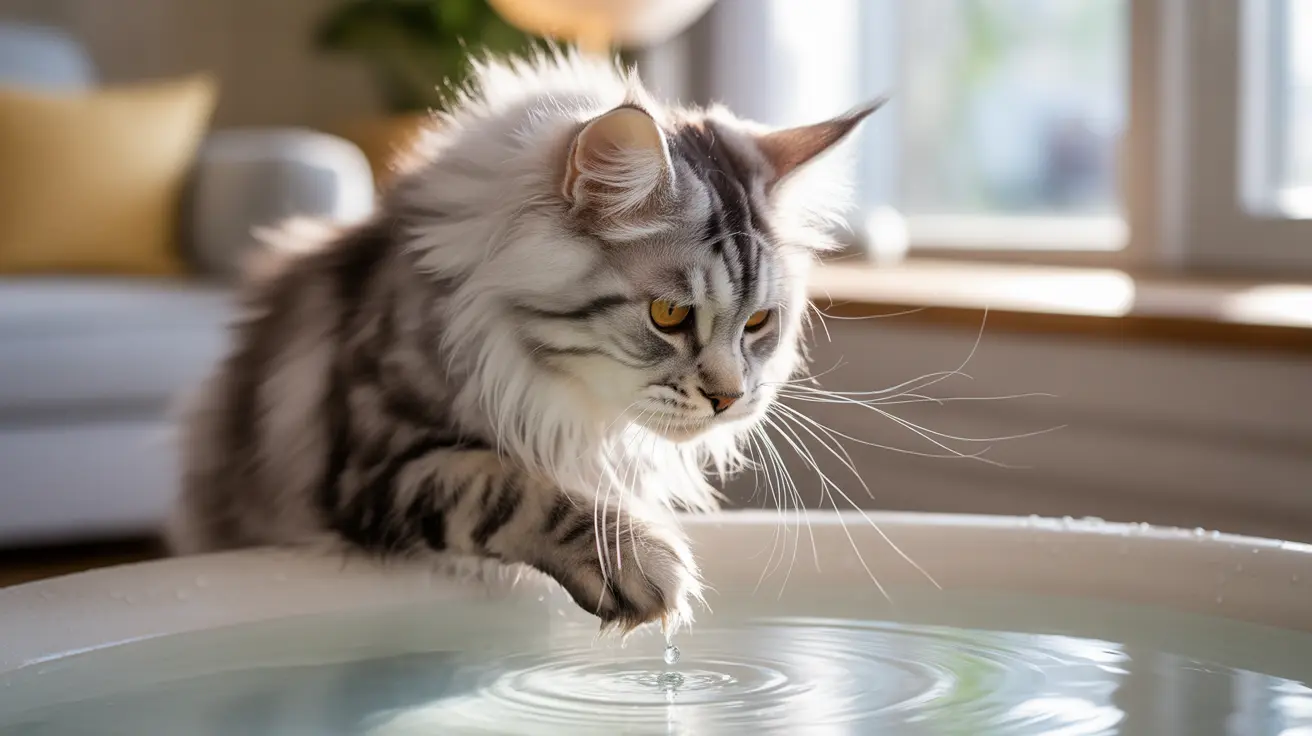Understanding cat terms and behaviors is crucial for any cat parent or enthusiast. From specialized veterinary terminology to common behavioral indicators, knowing these essential cat terms helps you better communicate with veterinarians, understand your feline friend, and provide the best possible care.
In this comprehensive guide, we'll explore the most important cat-related terminology, from medical and breeding terms to body language cues that help decode your cat's communication style.
Basic Cat Terminology for New Pet Parents
When entering the world of cat care, you'll encounter several fundamental terms. A "kitten" refers to a young cat under six months old, while a "queen" is a breeding female cat. A "tom" is an unneutered male cat, and terms like "spay" and "neuter" refer to reproductive surgeries for females and males, respectively.
Understanding these basics helps you navigate veterinary visits and adoption processes more effectively. "Intact" or "unaltered" cats haven't been spayed or neutered, while "moggy" or "moggie" refers to mixed-breed cats.
Understanding Cat Classifications
Cats are often categorized based on their living situations and socialization levels. "Feral cats" are domestic cats that have reverted to a wild state, while "stray cats" are lost or abandoned pets. "Community cats" encompass both ferals and strays living outdoors, often cared for by local residents.
A "clowder" refers to a group of three or more cats, while a "colony" specifically describes outdoor cats living together around a common food source. These distinctions are important for understanding cat population management and welfare programs.
Medical and Physical Terms
Cats have unique physical characteristics that come with specific terminology. "Polydactyl" cats have extra toes, while the "nictitating membrane" is their protective third eyelid. As "obligate carnivores," cats require a meat-based diet for survival.
Male cats develop "jowls" - thickened cheeks resulting from testosterone - particularly noticeable in unaltered toms. Understanding these terms helps you better discuss your cat's health with veterinary professionals.
Cat Body Language and Communication
Cats communicate extensively through body language. Understanding terms like "airplane ears" (flattened ears indicating stress), "slow blink" (a sign of trust), and "chattering" (jaw movements when watching prey) helps decode your cat's emotional state.
Tail positions also communicate specific messages: an upright tail typically indicates friendliness, while a bristled tail suggests fear or aggression. These visual cues provide valuable insight into your cat's mood and needs.
Population Management Terms
Important acronyms in cat welfare include "TNR" (Trap-Neuter-Return) and "TNVR" (Trap-Neuter-Vaccinate-Return), referring to programs managing outdoor cat populations. "RTF" (Return-to-Field) and "SNR" (Shelter-Neuter-Return) are similar programs operated by shelters.
Frequently Asked Questions
How do I recognize when my cat is happy or relaxed through body language?
A happy, relaxed cat typically displays a loose, comfortable posture with ears forward, a gently curved tail, and soft eyes. They might purr, knead with their paws, or stretch out completely, showing their trust in their environment.
What does it mean if my cat blinks slowly at me, and how should I respond?
Slow blinking is often called a "cat kiss" and indicates trust and affection. When your cat slow blinks at you, reciprocate with your own slow blink to strengthen your bond and communicate peaceful intentions.
How can I tell if my cat is feeling anxious or stressed based on their posture and behavior?
Anxious cats often display flattened ears, dilated pupils, a low or tucked tail, and may crouch or hide. They might also exhibit excessive grooming, reduced appetite, or changes in litter box habits.
Why do cats often flick or thrash their tails, and what does it indicate?
Tail flicking or thrashing usually indicates agitation or frustration. The intensity and speed of the movement can indicate the level of arousal, with faster movements typically suggesting greater agitation.
Why is it important for cat owners to understand and respect feline body language?
Understanding feline body language helps prevent misunderstandings that could lead to scratches or bites, reduces stress for both cats and owners, and enables better care by allowing owners to respond appropriately to their cat's needs and emotional states.
Being well-versed in cat terminology enhances your ability to care for and communicate about cats effectively. Whether you're a new cat parent or an experienced caregiver, this knowledge forms the foundation for successful feline companionship.






